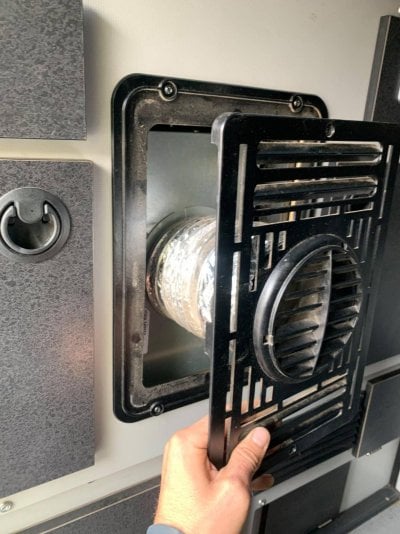patrkbukly
Senior Member
Living here my heart sank as well when I was told that they would not work at altitude.
I did nothing more than remove the ignitor which has two prongs on it with a tiny gap (like 1mm).
I expanded the gap a few times till I finally ended up I think at about 4mm and it now fires up and runs around here where I live between 10 and 11,500 with no problem and still works fine at sea level.
It's quite simple to remove it and I remember I had to try several gap sizes before it consistently worked.
I even called several Atwood Service Centers around the US and they all said the same thing, won't work at altitude.
Nothing against them but I think it's too small a percentage of people to look into the resolution to get them to work. For me it was absolutely imperative.

I did nothing more than remove the ignitor which has two prongs on it with a tiny gap (like 1mm).
I expanded the gap a few times till I finally ended up I think at about 4mm and it now fires up and runs around here where I live between 10 and 11,500 with no problem and still works fine at sea level.
It's quite simple to remove it and I remember I had to try several gap sizes before it consistently worked.
I even called several Atwood Service Centers around the US and they all said the same thing, won't work at altitude.
Nothing against them but I think it's too small a percentage of people to look into the resolution to get them to work. For me it was absolutely imperative.

